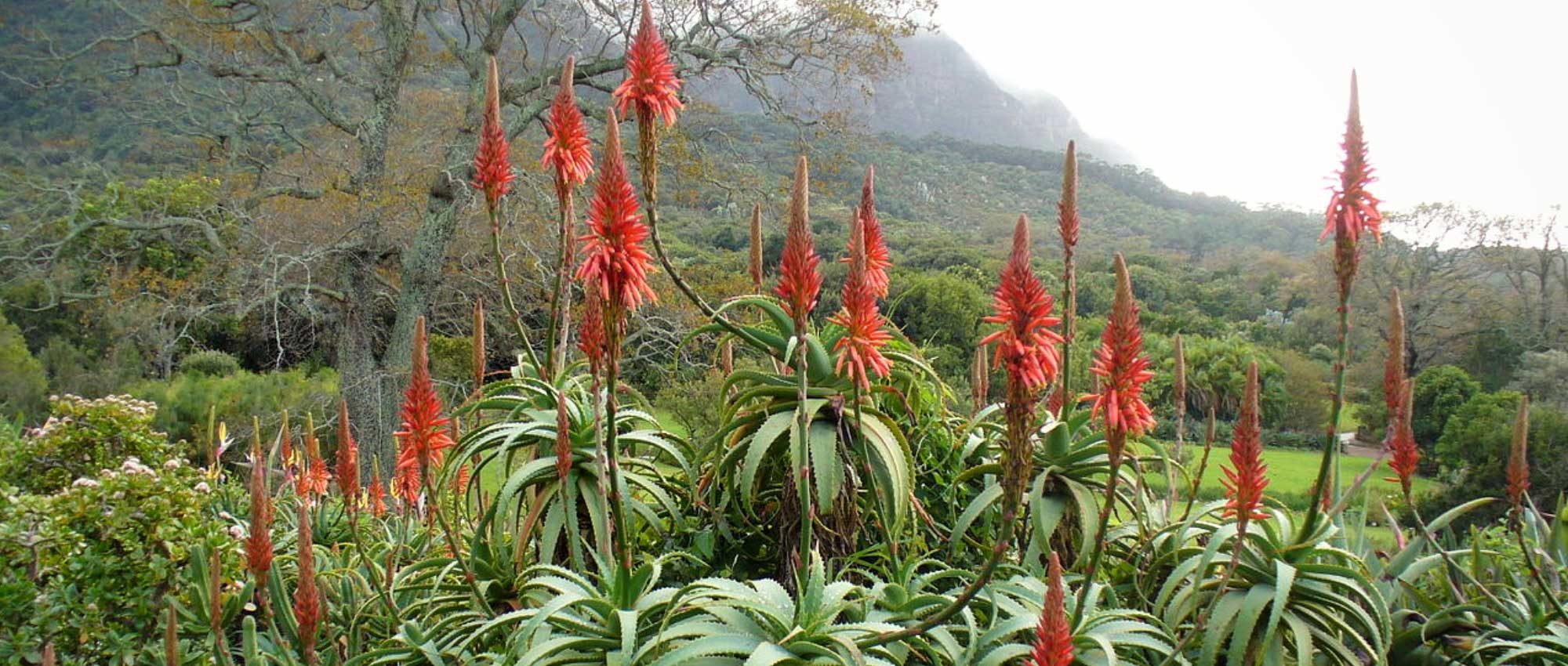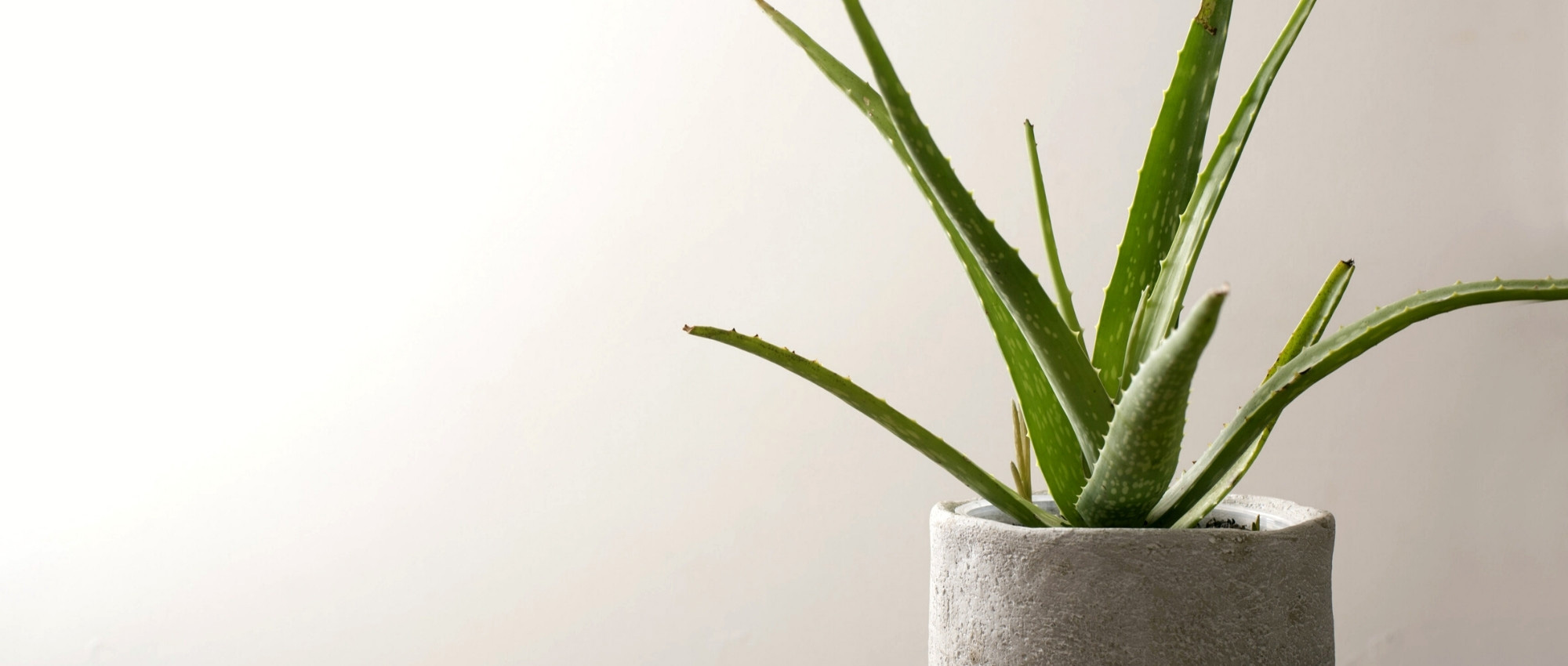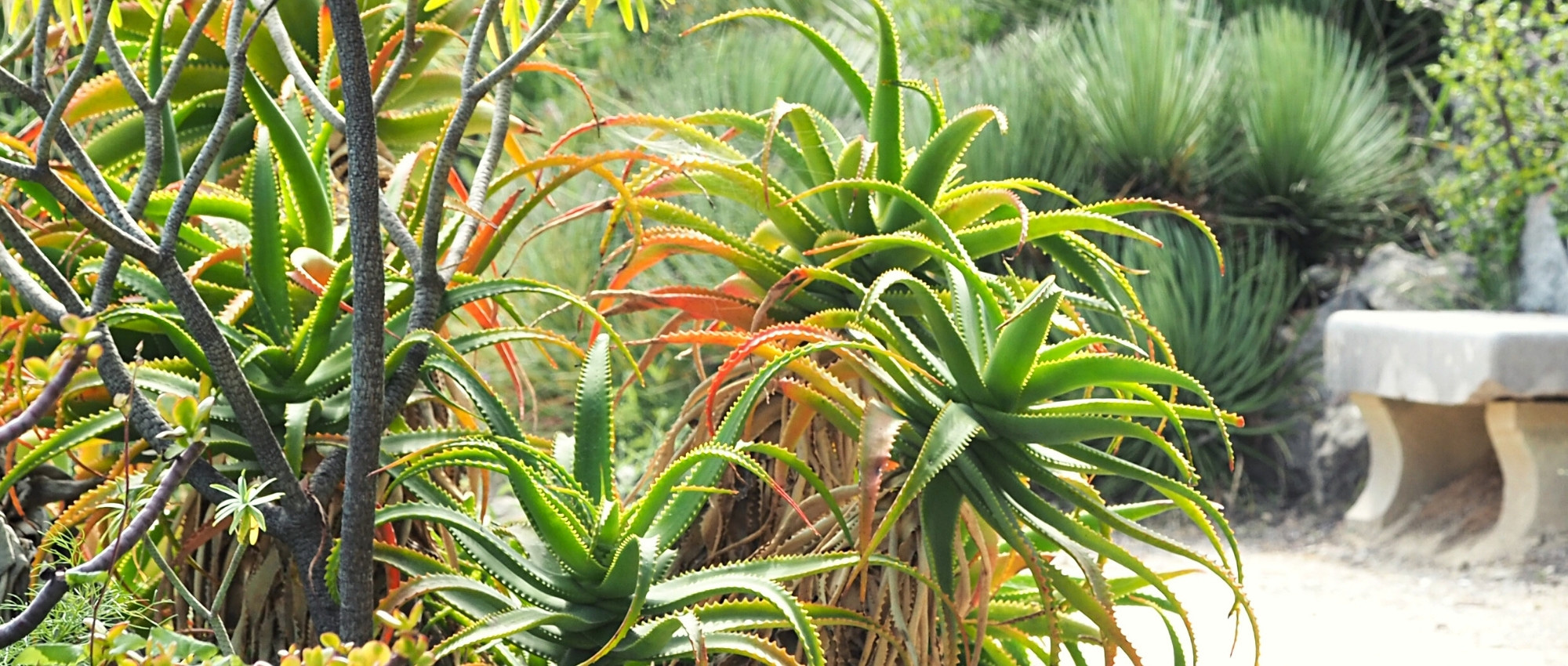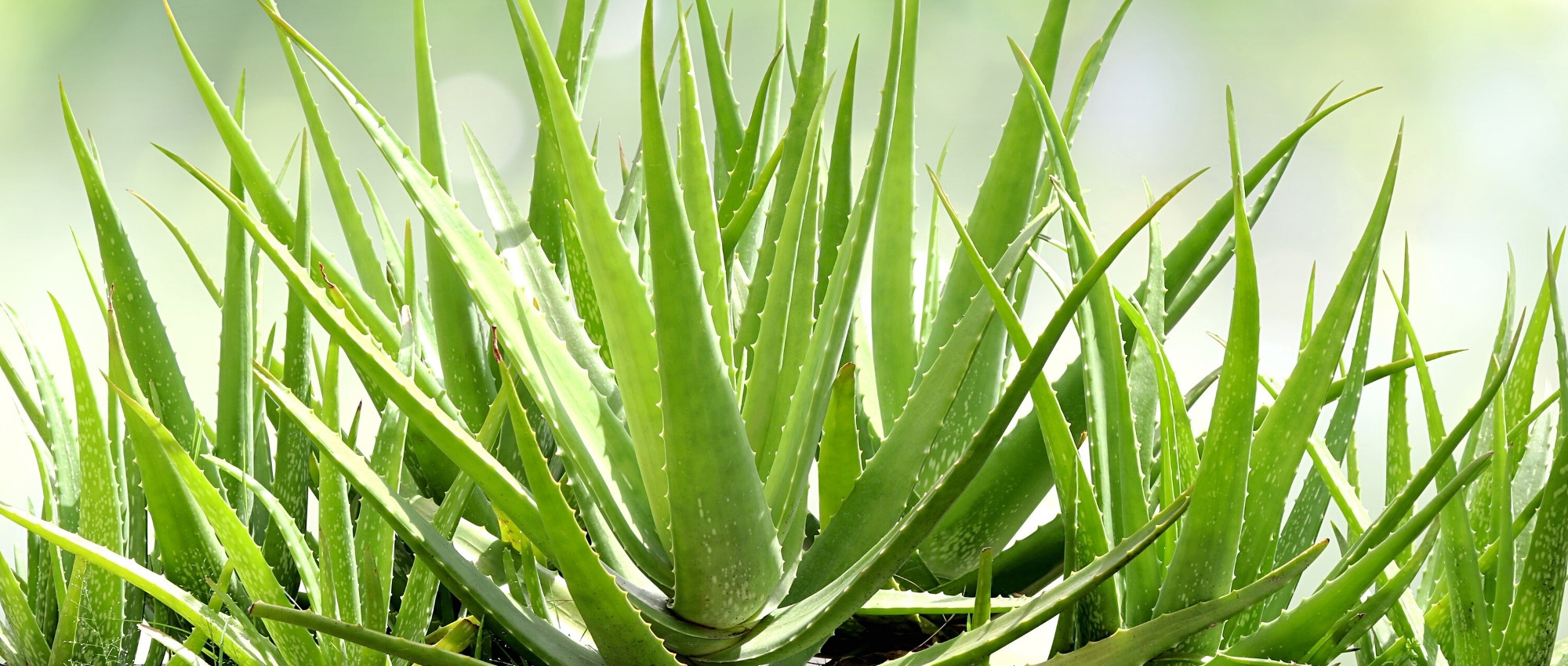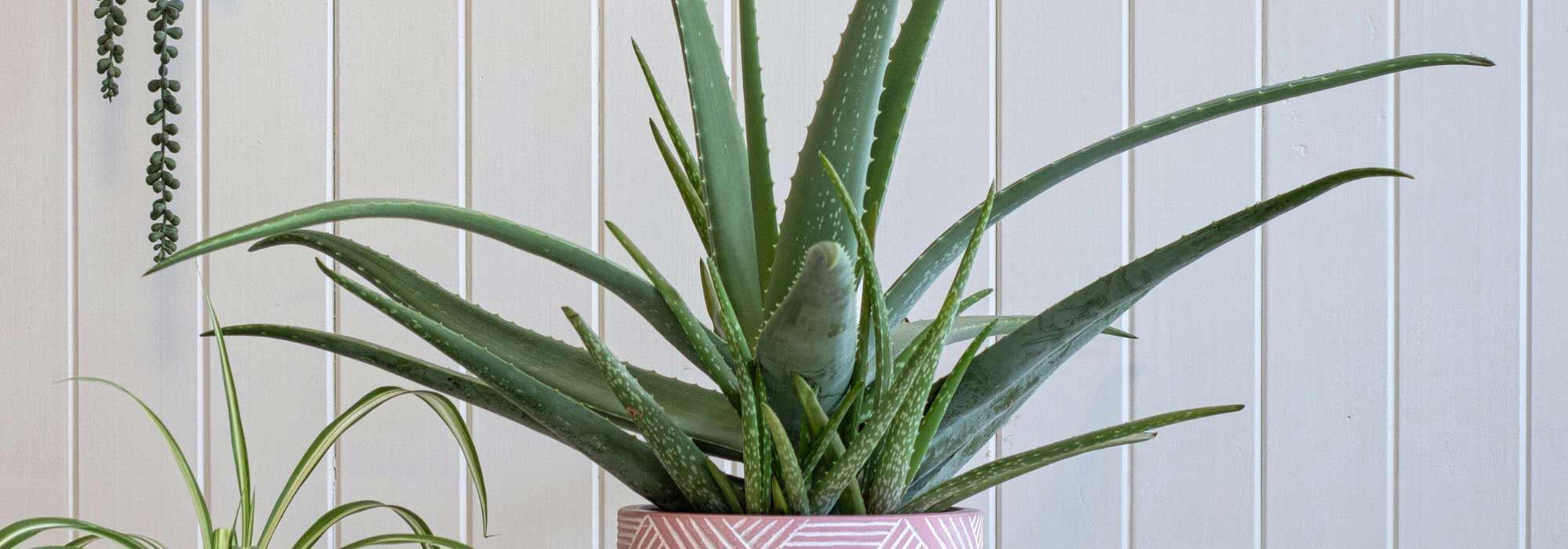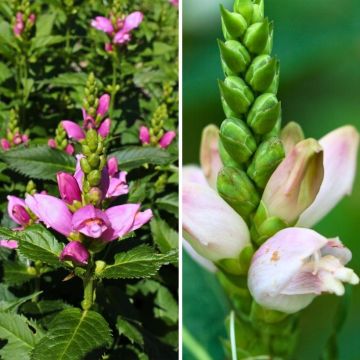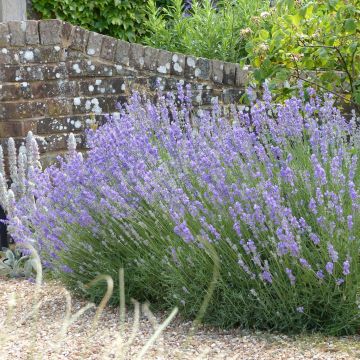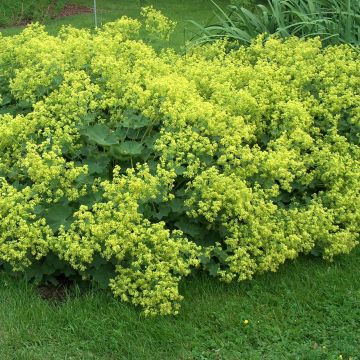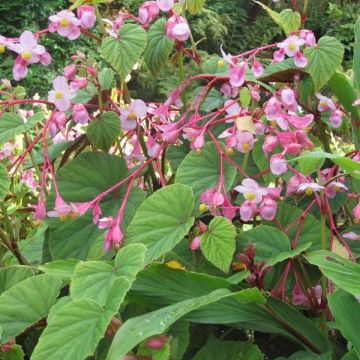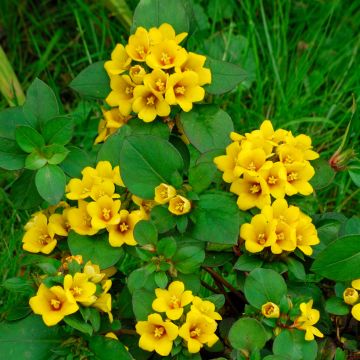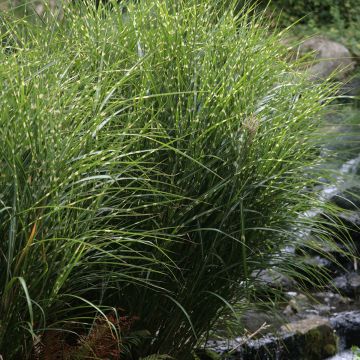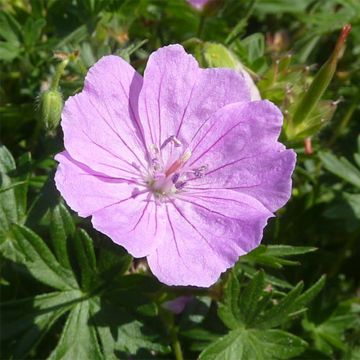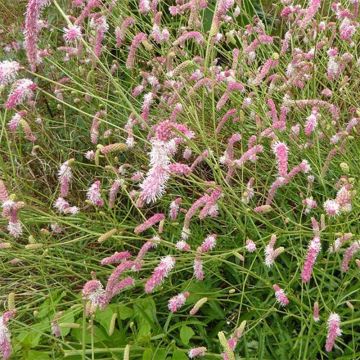

Aloe striatula ArticJungle
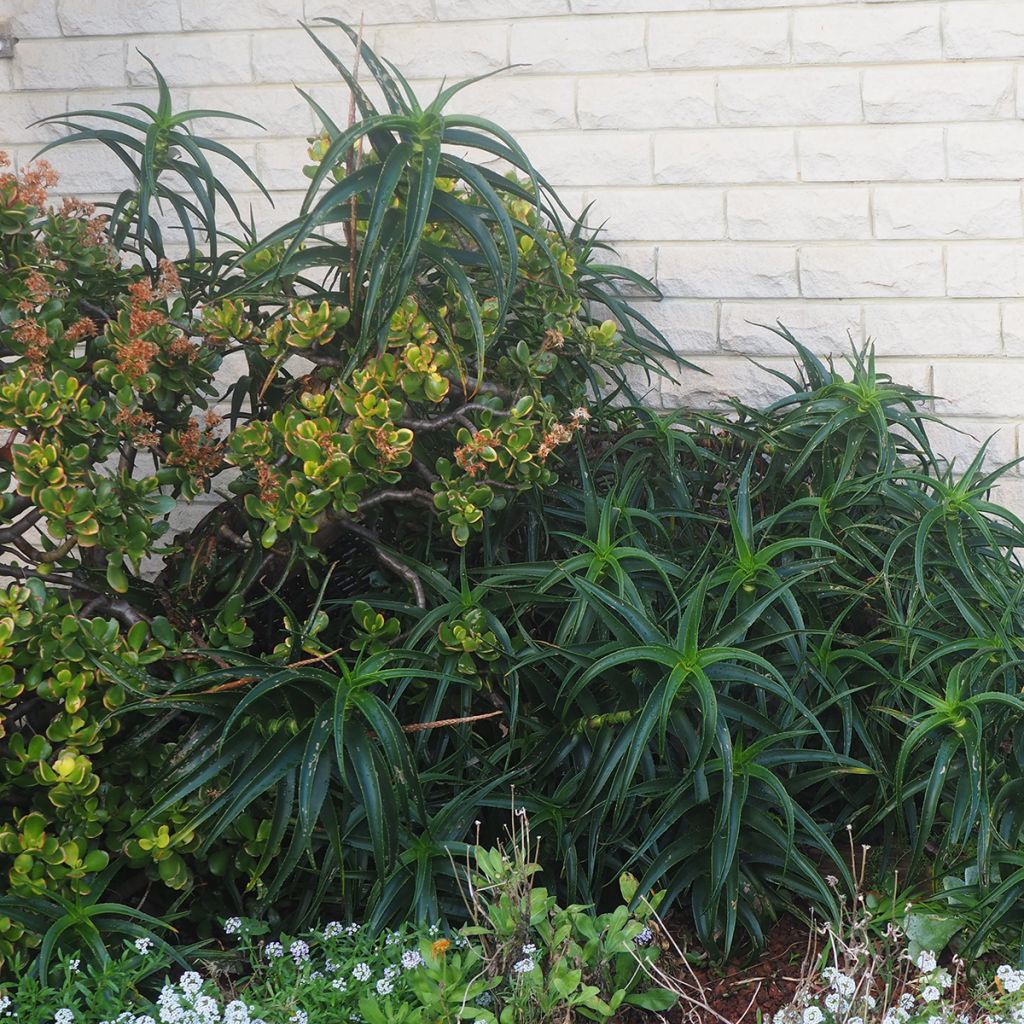

Aloe striatula ArticJungle
Aloe striatula ArticJungle
Aloe striatula ArticJungle
Striped-stemmed Aloe
Special offer!
Receive a €20 voucher for any order over €90 (excluding delivery costs, credit notes, and plastic-free options)!
1- Add your favorite plants to your cart.
2- Once you have reached €90, confirm your order (you can even choose the delivery date!).
3- As soon as your order is shipped, you will receive an email containing your voucher code, valid for 3 months (90 days).
Your voucher is unique and can only be used once, for any order with a minimum value of €20, excluding delivery costs.
Can be combined with other current offers, non-divisible and non-refundable.
Home or relay delivery (depending on size and destination)
Schedule delivery date,
and select date in basket
This plant carries a 12 months recovery warranty
More information
We guarantee the quality of our plants for a full growing cycle, and will replace at our expense any plant that fails to recover under normal climatic and planting conditions.
Does this plant fit my garden?
Set up your Plantfit profile →
Description
Aloe striatula ArticJungle is a spectacular shrub aloe with a trunk and branched stems that bear rosettes of long fleshy leaves, bright green, bordered with small non-prickly teeth and ending in points. This rather unique bush is adorned with abundant and colourful flowering in late spring, somewhat reminiscent of tritomas, in spikes of tubular flowers. Despite its tropical appearance, this aloe is quite resistant to heavy frosts, in well-drained soil. It is a drought-resistant plant. It can therefore be cultivated in mild climates, and also in warmer conditions, on steep and rocky terrain, in a sunny position, sheltered from cold winds. It also grows very well in a large pot on a terrace, to be moved indoors in colder climates.
Aloe striatula ArticJungle is a French horticultural selection from Laforêt nurseries, known for its vigour and robustness. The botanical species, from the Asphodelaceae family, is native to the Karoo region of South Africa and the mountains of Lesotho. This plant grows at up to 2000 m (6561 in 8 ft) in altitude. It is a tall aloe, more shrubby than perennial, with succulent foliage that persists in winter. The plant forms a large bush with a loose habit, with thick, semi-erect branches that spread more or less on the ground. An adult specimen will reach a height of about 1.50 m (4 in 11 ft) and a wingspan of 1.50 m (4 in 11 ft) or more under good growing conditions. Its branches, averaging 2 cm (0.8 in) wide, give rise to clusters of thick and waxy leaves bordered with small rounded teeth, sheathed at the base in green-streaked membranes on a whitish-green background. In May-June, tall flowering stems emerge bearing drooping tubular flowers. They are pale green when they open, gradually turning golden yellow and fading into coral orange. The flowers are very popular with pollinating insects. Aloe striatula ArticJungle produces numerous new shoots when heavily pruned, a feature that can be used to give it a beautiful dome shape, especially when the plant is in bloom. It is hardy to about -12°C, with above-ground parts being destroyed below -9°C (15.8 °F).
Highly resistant to salt spray and drought, and tolerant of well-drained gravelly garden soil, Aloe striatula ArticJungle is suitable for growing in pots to decorate a terrace or balcony, as well as in the ground in mild climates. In the garden plant it in a raised bed, overlooking a path or garage wall, in a rockery or on a dry slope. It makes a magnificent specimen in well-drained sloping or rocky terrain, or even anchored to dry stone walls. Elsewhere, it can be planted in a trough or a wide pot (it multiplies quickly) to show off its strong personality on a contemporary or exotic-themed terrace. It works well in combination with agaves, opuntias, delospermas, dasylirions, or shrubby euphorbias (Euphorbia mellifera).
About Agaves and Aloes:
Aloes and agaves resemble each other but belong to two different botanical families. What sets them apart is that aloe rosettes flower for many years, while the flowering of a mature agave rosette marks the end of its life. In certain species of aloes, interfoliar buds give rise to new plants that cover the dried remains of the mother plant. In agaves, the central flowering stem develops from the terminal bud. In aloes, the floral buds emerge between the leaves. Agaves are native to North America, while aloes are found only in the southern half of Africa and the nearby islands of the Indian Ocean.
Aloe striatula ArticJungle in pictures
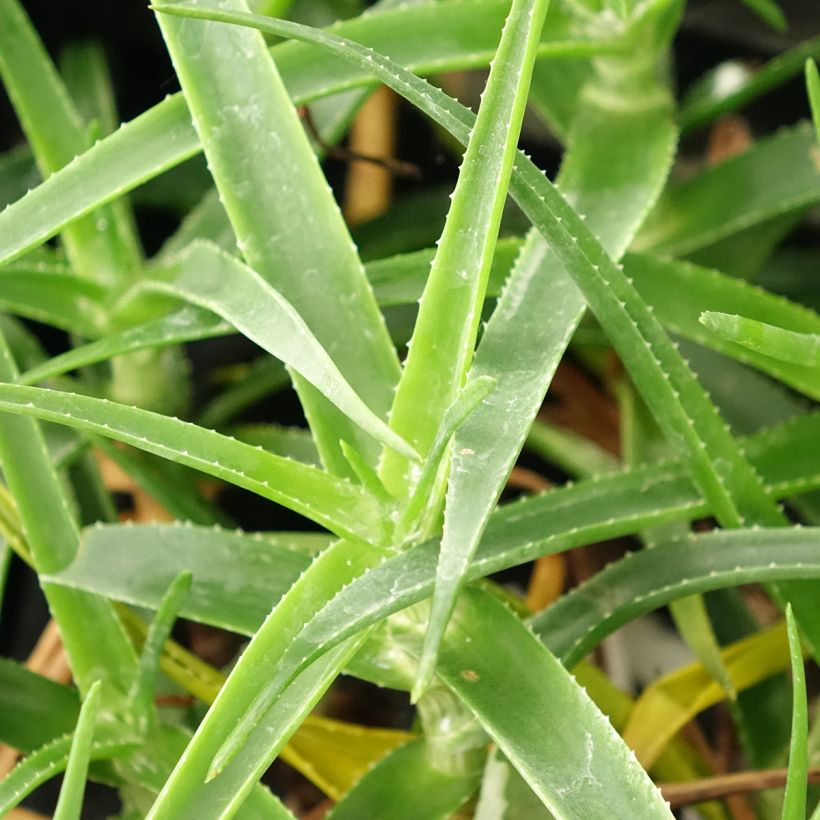



Flowering
Foliage
Plant habit
Botanical data
Aloe
striatula
ArticJungle
Asphodelaceae
Striped-stemmed Aloe
Cultivar or hybrid
Planting and care
Like all "succulent" plants, aloes generally prefer full sun and a very well-drained, even arid, soil. The Aloe striatula ArticJungle appreciates very rocky, gravelly or sandy soils, even poor ones, and is tolerant of the presence of limestone in the soil. The hardiness of this plant depends a lot on the soil drainage - the soil should not retain moisture in winter. Easy to grow in a dry and sunny rockery, a gravel-enriched bed, or in large pots. This aloe can withstand -9°C (15.8 °F) without damage. In the case of more severe frosts, down to -12°C (10.4 °F), above-ground parts of the plant will perish, but the plant regrows from the stump. Its resistance to summer drought is excellent. It tolerates pruning well in late winter, which allows it to develop a nice dome-shaped habit.
Planting period
Intended location
Care
Planting & care advice
This item has not been reviewed yet - be the first to leave a review about it.
Similar products
Haven't found what you were looking for?
Hardiness is the lowest winter temperature a plant can endure without suffering serious damage or even dying. However, hardiness is affected by location (a sheltered area, such as a patio), protection (winter cover) and soil type (hardiness is improved by well-drained soil).

Photo Sharing Terms & Conditions
In order to encourage gardeners to interact and share their experiences, Promesse de fleurs offers various media enabling content to be uploaded onto its Site - in particular via the ‘Photo sharing’ module.
The User agrees to refrain from:
- Posting any content that is illegal, prejudicial, insulting, racist, inciteful to hatred, revisionist, contrary to public decency, that infringes on privacy or on the privacy rights of third parties, in particular the publicity rights of persons and goods, intellectual property rights, or the right to privacy.
- Submitting content on behalf of a third party;
- Impersonate the identity of a third party and/or publish any personal information about a third party;
In general, the User undertakes to refrain from any unethical behaviour.
All Content (in particular text, comments, files, images, photos, videos, creative works, etc.), which may be subject to property or intellectual property rights, image or other private rights, shall remain the property of the User, subject to the limited rights granted by the terms of the licence granted by Promesse de fleurs as stated below. Users are at liberty to publish or not to publish such Content on the Site, notably via the ‘Photo Sharing’ facility, and accept that this Content shall be made public and freely accessible, notably on the Internet.
Users further acknowledge, undertake to have ,and guarantee that they hold all necessary rights and permissions to publish such material on the Site, in particular with regard to the legislation in force pertaining to any privacy, property, intellectual property, image, or contractual rights, or rights of any other nature. By publishing such Content on the Site, Users acknowledge accepting full liability as publishers of the Content within the meaning of the law, and grant Promesse de fleurs, free of charge, an inclusive, worldwide licence for the said Content for the entire duration of its publication, including all reproduction, representation, up/downloading, displaying, performing, transmission, and storage rights.
Users also grant permission for their name to be linked to the Content and accept that this link may not always be made available.
By engaging in posting material, Users consent to their Content becoming automatically accessible on the Internet, in particular on other sites and/or blogs and/or web pages of the Promesse de fleurs site, including in particular social pages and the Promesse de fleurs catalogue.
Users may secure the removal of entrusted content free of charge by issuing a simple request via our contact form.
The flowering period indicated on our website applies to countries and regions located in USDA zone 8 (France, the United Kingdom, Ireland, the Netherlands, etc.)
It will vary according to where you live:
- In zones 9 to 10 (Italy, Spain, Greece, etc.), flowering will occur about 2 to 4 weeks earlier.
- In zones 6 to 7 (Germany, Poland, Slovenia, and lower mountainous regions), flowering will be delayed by 2 to 3 weeks.
- In zone 5 (Central Europe, Scandinavia), blooming will be delayed by 3 to 5 weeks.
In temperate climates, pruning of spring-flowering shrubs (forsythia, spireas, etc.) should be done just after flowering.
Pruning of summer-flowering shrubs (Indian Lilac, Perovskia, etc.) can be done in winter or spring.
In cold regions as well as with frost-sensitive plants, avoid pruning too early when severe frosts may still occur.
The planting period indicated on our website applies to countries and regions located in USDA zone 8 (France, United Kingdom, Ireland, Netherlands).
It will vary according to where you live:
- In Mediterranean zones (Marseille, Madrid, Milan, etc.), autumn and winter are the best planting periods.
- In continental zones (Strasbourg, Munich, Vienna, etc.), delay planting by 2 to 3 weeks in spring and bring it forward by 2 to 4 weeks in autumn.
- In mountainous regions (the Alps, Pyrenees, Carpathians, etc.), it is best to plant in late spring (May-June) or late summer (August-September).
The harvesting period indicated on our website applies to countries and regions in USDA zone 8 (France, England, Ireland, the Netherlands).
In colder areas (Scandinavia, Poland, Austria...) fruit and vegetable harvests are likely to be delayed by 3-4 weeks.
In warmer areas (Italy, Spain, Greece, etc.), harvesting will probably take place earlier, depending on weather conditions.
The sowing periods indicated on our website apply to countries and regions within USDA Zone 8 (France, UK, Ireland, Netherlands).
In colder areas (Scandinavia, Poland, Austria...), delay any outdoor sowing by 3-4 weeks, or sow under glass.
In warmer climes (Italy, Spain, Greece, etc.), bring outdoor sowing forward by a few weeks.






























